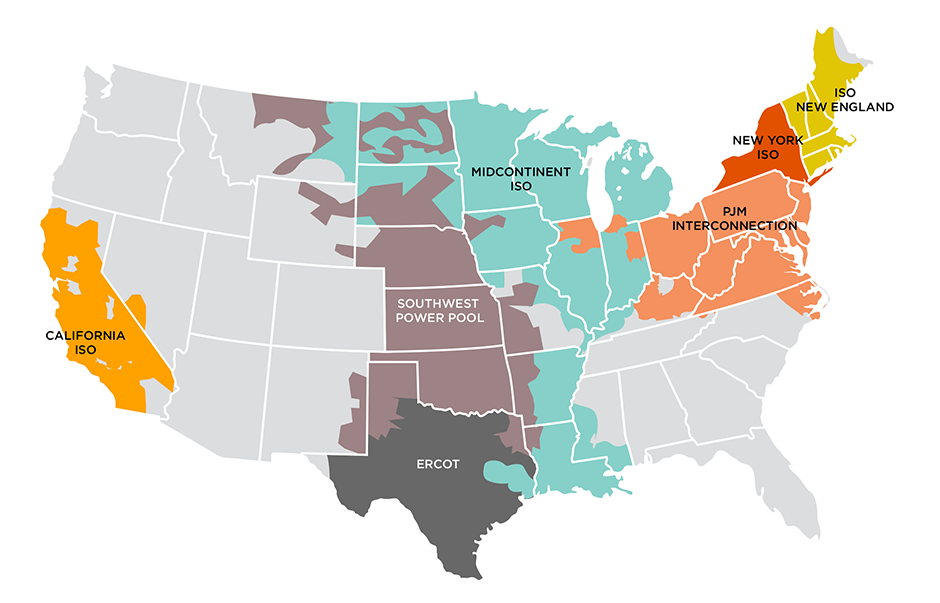Remote Sensing, Vol. 15, Pages 545: Assessing Forest Landscape Stability through Automatic Identification of Landscape Pattern Evolution in Shanxi Province of China
Remote Sensing doi: 10.3390/rs15030545
Authors: Bowen Hou Caiyong Wei Xiangnan Liu Yuanyuan Meng Xiaoyue Li
The evolution of forest landscape patterns can reveal the landscape stability of forest dynamics undergoing complex ecological processes. Analysis of forest landscape dynamics in regions under ecological restoration can evaluate the impact of large-scale afforestation on habitat quality and provide a scientific basis for achieving sustainable eco-environment development. In this study, a method for assessing forest landscape stability by characterizing changes in forest landscape patterns was proposed. Toeplitz inverse covariance-based clustering (TICC) was used to automatically identify landscape pattern evolution by investigating the synergistic changes of two landscape indices—forest cover area (CA) and patch density (PD)—and to extract the short-term processes—degradation, restoration, and stable—that took place between 1987 and 2021. Four long-term evolution modes, no change, increase, decrease, and wave, based on the temporal distribution of short-term change processes, were also defined to assess landscape stability. Our results showed that (i) the forest’s short-term change processes have various forms. The restoration subsequence was the largest and accounted for 46% of the total subsequence and existed in 75% of the landscape units. The time distribution of these three change processes showed that more landscape units have begun to transition into a stable state. (ii) The long-term change modes showed an aggregation distribution law and indicated that 57% of the landscape units were stable and 6.7% were unstable. Therefore, our study can provide a new perspective for the dynamic analysis of landscape patterns and offer insights for formulating better ecological restoration strategies.

 1 year ago
57
1 year ago
57


